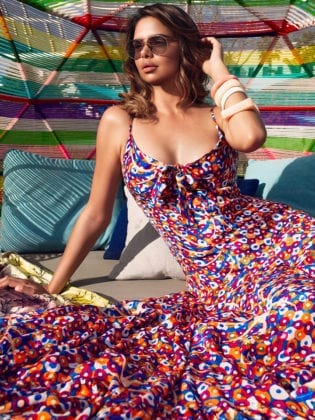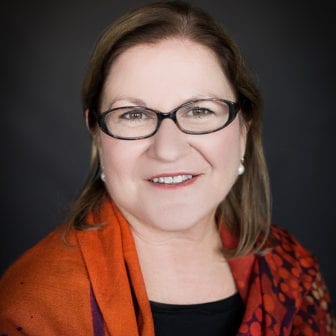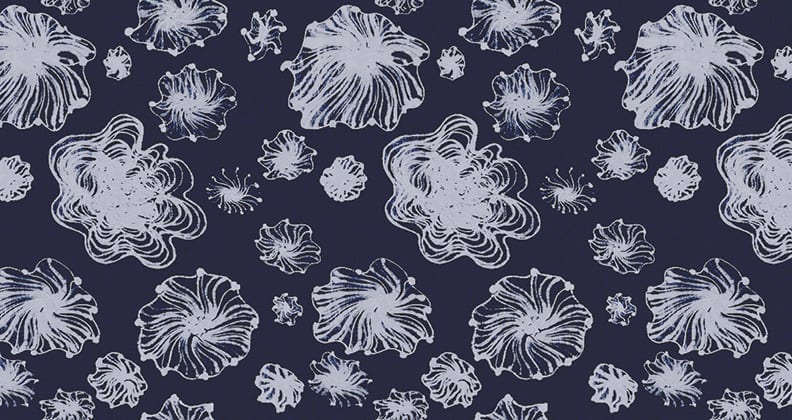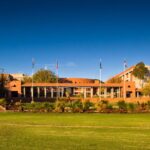Amanda Healy’s business world juxtaposes the ruggedness of mechanical maintenance with the suppleness of luxury fabric. What the two companies have in common is their aim to build Indigenous employment.
Entrepreneurship takes many forms; surely the finest are those that apply social responsibility objectives to business acumen and endeavour, to provide solutions to society’s deep-set problems.
Amanda Healy is one of several Western Australian business leaders praised for their social entrepreneurship. Her latest endeavour is a for-purpose enterprise called Kirrikin, a luxury resort-wear brand that features contemporary Indigenous designs.
“Kirrikin aims to help improve Indigenous commercial outcomes,” Healy says.
“The main function is to provide a sustainable income for Aboriginal artists in remote communities, but the business also supports programs that empower and support Aboriginal issues – such as leadership, arts and prison programs – whenever we can.”
Kirrikin isn’t Healy’s first business endeavour. After working for more than 30 years in the mining industry, in 2004 she established Maxx Engineering, and sold it eleven years later to an international company looking to build its Pilbara operations.
She then founded Warrikal, a business with similar services but far greater purpose: as CEO, she ensures that at least 20 per cent of Warrikal’s workforce is Aboriginal.
“There are chronic inequalities between Indigenous and non-Indigenous Australians in health and life expectancy, and in education and employment outcomes.
“As a Koori woman, I fully understand that intergenerational trauma and disempowerment underpins these issues. Work opportunities that give Indigenous people control over their
future are vital to addressing this.”
A new idea for Indigenous business participation
Healy is from the Wonnarua people of New South Wales, but was born in southern Queensland and spent most of her formative years in WA’s Murchison region with her family.
After studying social science at the Western Australian Institute of Technology, she enjoyed a long career in human resources and industrial relations, working for global companies like BHP and Rio Tinto – in Canada and Africa as well as in Australia – before establishing her own business. Then, in 2017, she added to her expertise with an MBA from Curtin’s Graduate School of Business.
But luxury clothing is quite a departure from the male-dominated industry she knew like the back of her hand. How did that happen?
It began with Australian Government programs to increase Aboriginal participation in business and commerce, which saw Healy being increasingly invited to events as a guest speaker,
“I went shopping for a scarf to wear that had an Indigenous design, but I could only find items that were produced overseas, and without any authentic connection to our artwork or our people,” she explains.
“So I linked up with someone who was already working in this space, and we sought out some amazing artists who had interesting and beautiful stories to tell through their artwork.
“We chose to position Kirrikin as a luxury brand to honour the profound, ancient beauty of Indigenous culture and art.”

“We chose to position Kirrikin as a luxury brand to honour the profound, ancient beauty of Indigenous culture and art. The development process took about a year, and we finally hit the market in mid-2015.”
She explains it was important the artists received an ongoing income from their artworks – that through Kirrikin they have a sustainable income that could impact positively on their lives. One artist, Walala Tjapaltjarri, has been with the Kirrikin program from the start.
“Walala is from the Pintupi language group, and until 1984 he was living a traditional lifestyle in the desert country with eight other people. One day they walked out of the Gibson Desert into a remote community, and encountered white folk for the first time,” Healy explains.
“He was introduced to canvas and paint, which he uses to create traditional art about the Tingari Cycle, a series of secret mythological song cycles related to his Dreamings.”
She says that Kirrikin will be engaging alternate artists to vary the stories that underpin the art and to broaden the look and feel of the business.
“It’s a challenging market but we’ve achieved some momentum. We launched Kirrikin’s resort and swimwear line at the Perth Fashion Festival with a unique Aboriginal runway production.
“The experience not only celebrated Aboriginal art and culture, it also created opportunities for the Indigenous artists and models to promote themselves nationally and internationally.”
One of the social programs funded by Kirrikin profits was Yirrigan Yorgas, a knowledge-sharing and arts program for Aboriginal inmates at a women’s prison. Healy’s other business, Warrikal, works with organisations such as the Wirrpanda Foundation to provide mentorship systems and job-readiness opportunities for Indigenous people.
 Her endeavours recently saw her named in the 2019 Class of Influential Leaders, by the
Her endeavours recently saw her named in the 2019 Class of Influential Leaders, by the
Association to Advance Collegiate Schools of Business (AACSB) International. With only 33 graduates selected from AACSB-accredited schools worldwide, the honour is significant.
“I’m passionate about making a difference for Indigenous youth and I’m pleased the importance is being recognised,” she says.



